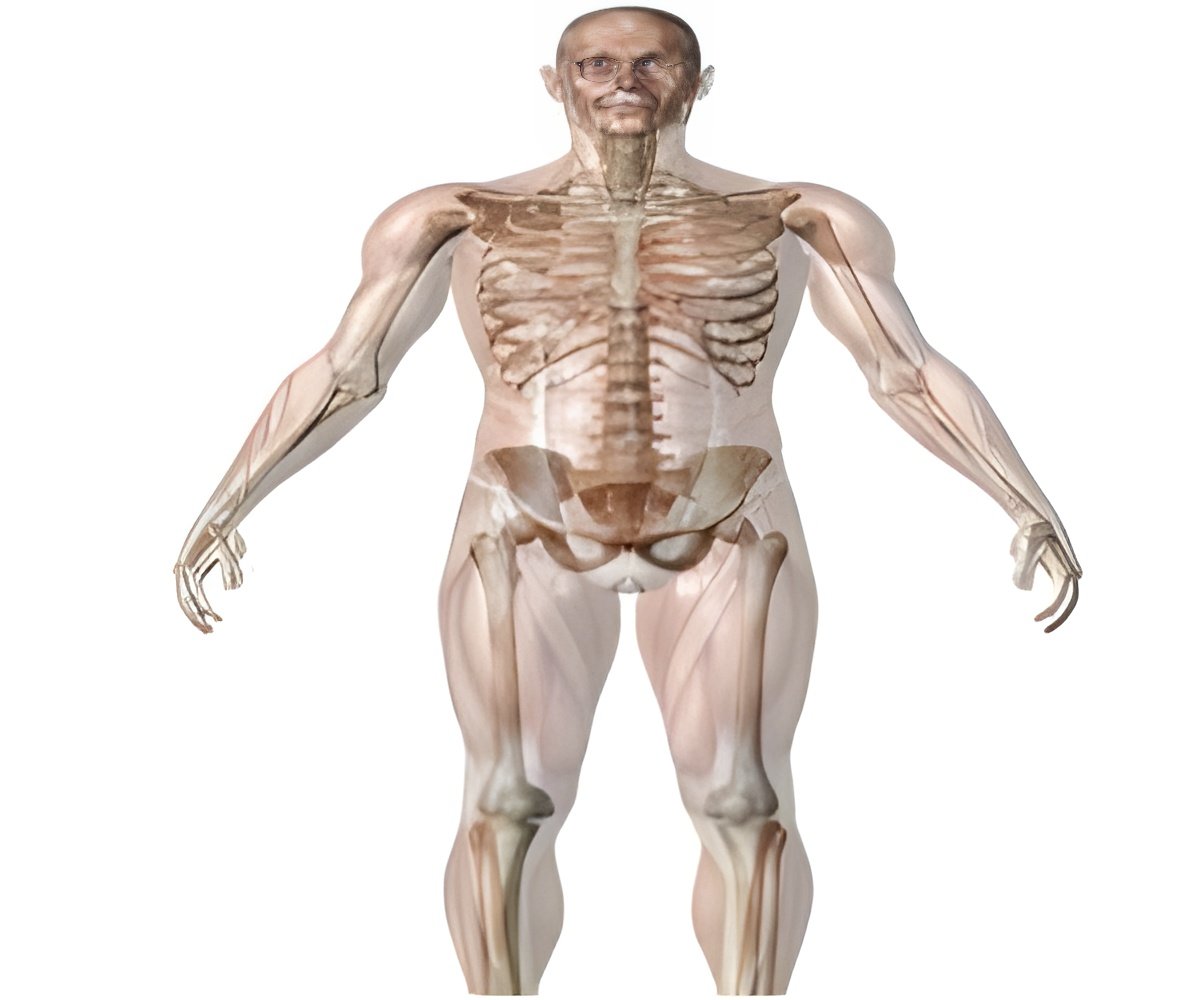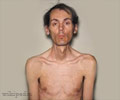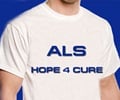People with devastating genetic disease Duchenne muscular dystrophy were found to be benefited by a molecular technique originally developed at the University of North Carolina at Chapel Hill.

In the disease, omissions or misprints in the letters of the dystrophin gene cause its "reading frame" to shift, abbreviating the instructions for making the dystrophin protein.
As a result, the cells fail to make a functional muscle protein and patients eventually lose their ability to walk and breathe.
In a study, researchers from the U.K., U.S. and Australia demonstrated that a phase Ib/IIa trial of the approach restored production of the critical muscle protein missing in patients with the progressive neuromuscular condition.
"When I first tried my approach in a test tube some twenty years ago, a reviewer of my manuscript commented that it was 'molecular gymnastics that will never amount to anything,'" said study co-author Ryszard Kole, PhD, a professor of pharmacology who develop the technology with AVI Biopharma, in Bellevue, Washington.
"Now we have evidence that it works, and in an illness that has no other good therapeutic options," he stated.
The scientists administered the treatment intraveneously (IV) to 19 Duchenne muscular dystrophy patients over the course of 12 weeks.
The best 3 responders showed an increase following treatment of protein levels from 2 percent to 18 percent, from 0.9 percent to17 percent and from 0 percent to 7.7 percent of normal muscle, respectively.
The study was published July 25, 2011 in the journal Lancet.
Source-ANI
 MEDINDIA
MEDINDIA



 Email
Email






